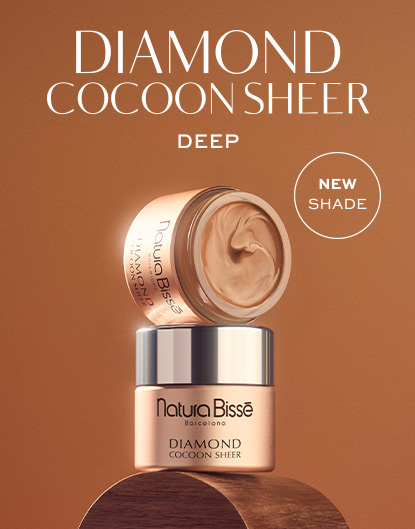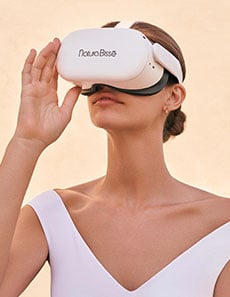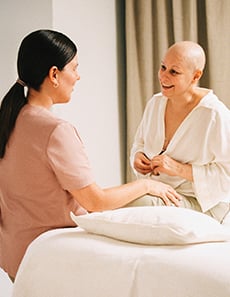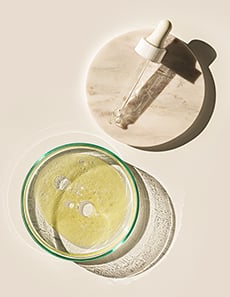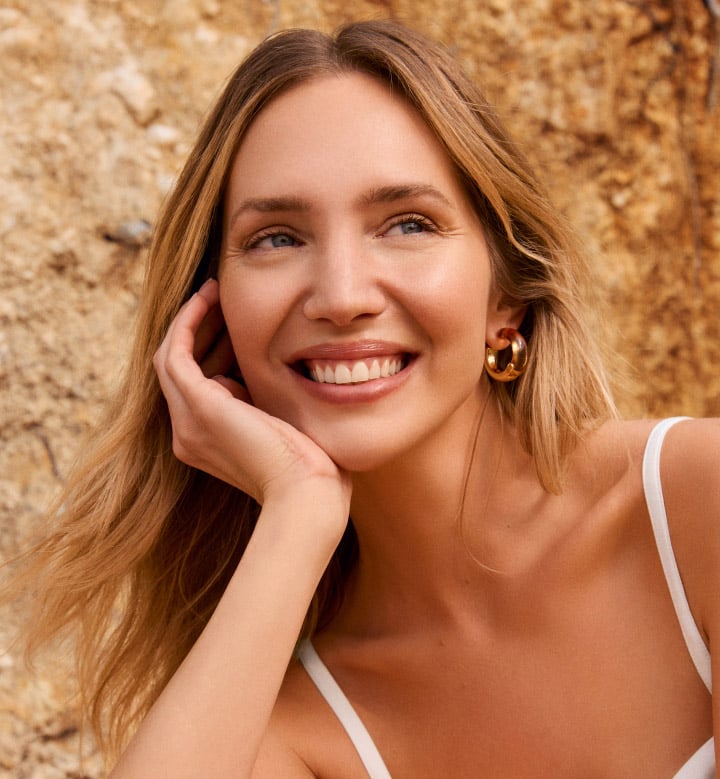
If you’re serious about skincare, you know daily sun protection is the most essential step in your beauty routine, and you’re probably familiar with the letters SPF (sun protection factor). Here, we explain how to calculate the number, what it really means, and how it works: the key to preventing premature signs of aging and protecting skin from UV rays.
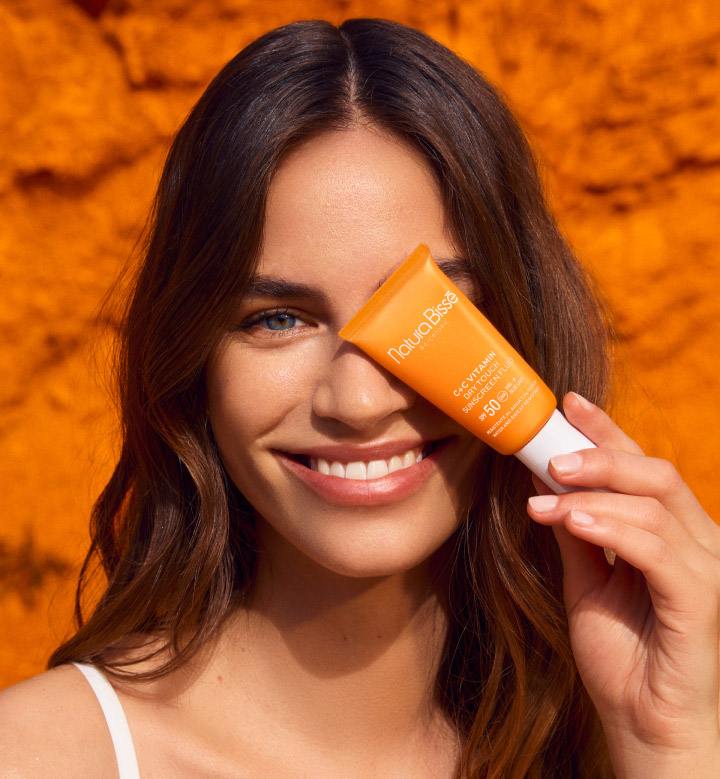
What does SPF indicate?
It measures how much longer the sunscreen allows you to stay in the sun without burning, relative to having no protection at all. For example, a sunscreen with SPF 30 multiplies your defense capacity against UVB rays by thirty.
How is SPF calculated?
Clinical tests measure the amount of UVB radiation needed to cause skin redness (erythema), comparing protected skin with unprotected skin.
Does SPF specify how long I can stay in the sun without burning?
It depends. To calculate this, you need to know how long your skin takes before burning without sunscreen. Multiply that time (in minutes) by the SPF number, and you'll get a rough estimate of how long you can stay in the sun without burning. But bear in mind that factors such as time of day, altitude, and skin type can affect your safe exposure time.
PRO TIP:
With so many variables, the best approach is to apply sunscreen 30 minutes before sun exposure and reapply every two hours, and after sweating or swimming.
Does SPF indicate how much solar radiation is blocked?
SPF does not mean total sun protection against all solar radiation. It specifically refers to UVB rays, which are the main cause of sunburned skin. The higher the SPF number, the greater the protection and safer exposure time.
Broadly speaking:
- • SPF 30 blocks roughly 96-97% of UVB rays
- • SPF 50 can block up to 98% of UVB rays.
It’s important to note there is no SPF that blocks 100% of solar radiation. Additionally, SPF does not include protection against UVA rays, which are responsible for premature aging and other skin damage. To ensure full protection, make sure your sunscreen protects against both rays.
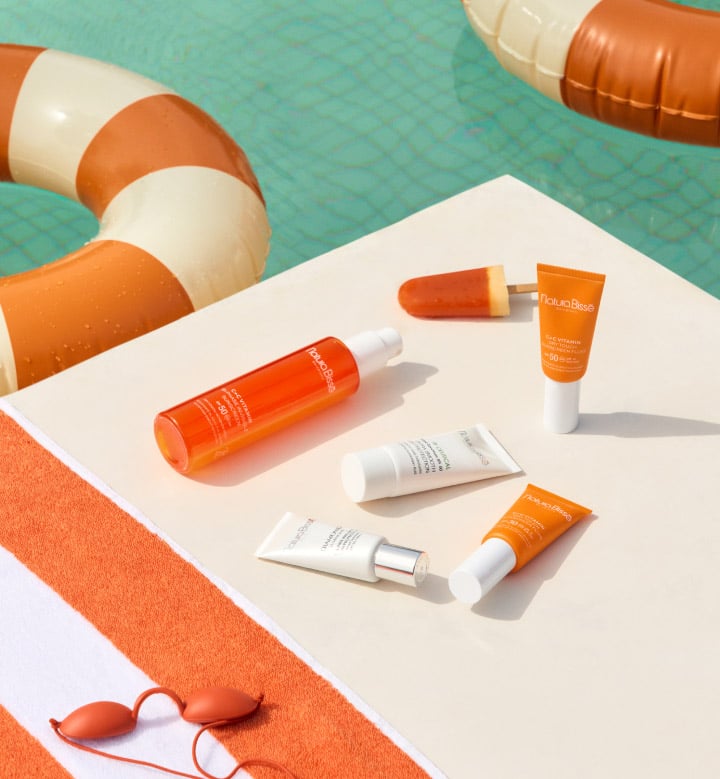

What does “broad spectrum” mean?
While it’s not strictly required to guarantee effective protection against UVA and UVB rays, this term means the product has been assessed using a standardized test to certify that dual action. While UVB rays cause visible sunburn, UVA rays penetrate your skin more deeply, contributing to premature aging and skin cancer.
How do I know if my sunscreen’s SPF rating is dependable?
SPF certification is based on tests conducted in specialized, independent centers. In Europe, in vivo evaluations—where volunteers apply sunscreen and expose their skin to controlled UVB radiation—must comply with ISO 24444 standards. These tests are performed in laboratories with ISO 9001 quality management standard certification.
Plus, there are complementary in vitro methods, such as those defined in ISO 24443, which evaluate UVA protection and help ensure the product’s overall effectiveness according to current regulations.
I WANT MY SUNSCREEN
